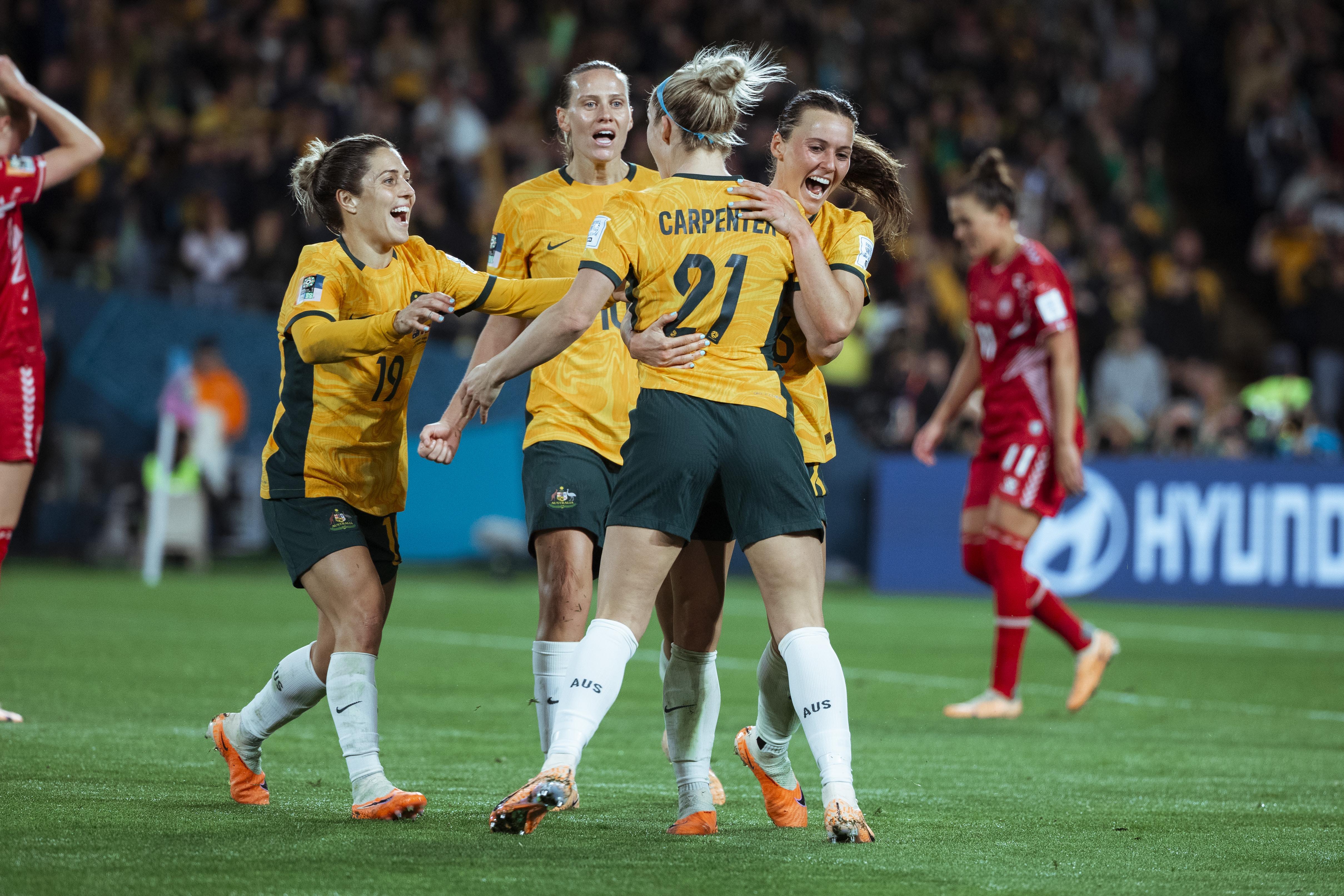The Australian Energy Regulator and Essential Service Commission’s draft decisions on regulated power prices for 2024-2025 should act as an important reminder for households and businesses to shop around for better electricity deals, according to the peak body for electricity retailers.
The Australian Energy Council’s Chief Executive, Sarah McNamara, said, “Customers looking to save money shouldn’t wait for the new default market offer (DMO) or the Victorian Default Offer (VDO) which will come into effect on 1 July. They should check online or ring their retailer because there are more competitive deals available.”
“The regulated prices are designed to be a safety net for less than the 9 per cent of customers who aren’t currently on competitive deals in NSW, SE Queensland and South Australia, and the 13 per cent of Victorians who are on the VDO.
“While they are not the cheapest deals in the market, the risk with default prices is many people may think they are the best option. That’s why we encourage people to shop around.
“Unfortunately, the AER’s decision to reduce the headroom for competition may see some of the cheaper prices disappear, which in the future could negatively affect the more than 90 per cent of customers on market offers.
“We understand the desire to keep costs down, but this allowance serves an important function – to incentivise competition among retailers.
“Since May 2022 we have seen 11 smaller retailers leave the market. Regulators must ensure there is room for ongoing competition, so we do not lose more from the market,” Ms McNamara said.
The AER estimates the new DMO price changes will be less than the rate of inflation for all households and small businesses. Depending on the area a customer lives in, household price changes will range from a 2.7 per cent increase to a 7.1 per cent reduction. The draft Victorian Default Offer decision expects household prices to be 6.4 per cent lower on average from 1 July.
Ms McNamara said the latest determinations reflect a moderation in the costs of generating electricity (the wholesale costs), offset partly by increasing network costs for the poles and wires used to deliver electricity.
Around 80 per cent of a customer’s power bill is made up of the costs of generation and the costs of the poles and wires, which retailers then pass on to the customer, so these are major factors in determining final prices. Other costs include government environmental schemes and a retail allowance.
“It is quick and easy to find and switch to a cheaper market offer today using the government comparison websites EnergyMadeEasy or Victorian Energy Compare for Victorian customers. Retailers also inform you every three months if you are on their best deal, but because of the need for informed consent they cannot automatically move you to a different deal. For that reason, it pays to check the competitive market.”
You can find fact sheets on how prices are determined on the AEC website:
Understanding Household Energy Bills and How to Go About Finding the Best Deals
Regulated Prices and Hedging Contracts
About the Australian Energy Council
The Australian Energy Council is the peak industry body for electricity and downstream natural gas businesses operating in the competitive wholesale and retail energy markets. AEC members generate and sell energy to 10 million homes and businesses and are major investors in renewable energy generation. The AEC supports reaching net-zero by 2050 as well as a 55 per cent emissions reduction target by 2035 and is committed to delivering the energy transition for the benefit of consumers.








